عنوان
304 شارع الكاردينال الشمالي
مركز دورتشستر ، ماساتشوستس 02124
ساعات العمل
من الاثنين إلى الجمعة: 7 صباحًا - 7 مساءً
عطلة نهاية الأسبوع: 10 صباحًا - 5 مساءً
عنوان
304 شارع الكاردينال الشمالي
مركز دورتشستر ، ماساتشوستس 02124
ساعات العمل
من الاثنين إلى الجمعة: 7 صباحًا - 7 مساءً
عطلة نهاية الأسبوع: 10 صباحًا - 5 مساءً

Hospital medical beds are more than just pieces of furniture; they are essential tools in patient care.
مرحباً بكم في مدونتي!
قبل أن نتعمق في المحتوى، أود منك الانضمام إليّ على منصات التواصل الاجتماعي الخاصة بي حيث أشارك المزيد من الأفكار وأتفاعل مع المجتمع وأنشر التحديثات. إليك كيفية التواصل معي:
فيسبوك:https://www.facebook.com/profile.php?id=100071234835011
لينكدإن:https://www.linkedin.com/company/74943205/admin/dashboard/
يوتيوب:www.youtube.com/@shandongexpertmedicalequip4695
تيك توك:www.tiktok.com/@expertmedical
الآن، لنبدأ رحلتنا معًا. أتمنى أن تجد المحتوى هنا مفيدًا وجذابًا وقيمًا.
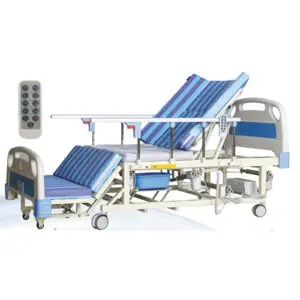
Hospital medical beds are more than just pieces of furniture; they are essential tools in patient care. These specialized beds are designed to provide comfort, safety, and functionality for patients with various medical conditions. From the elderly to those recovering from surgery, hospital beds play a crucial role in the healing process. In this comprehensive guide, we will delve into the top-rated features of hospital medical beds, helping healthcare professionals and patients make informed decisions when selecting the right equipment.
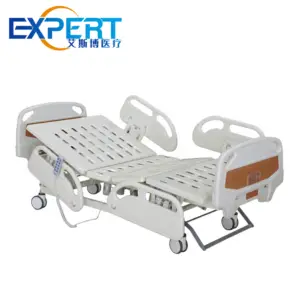
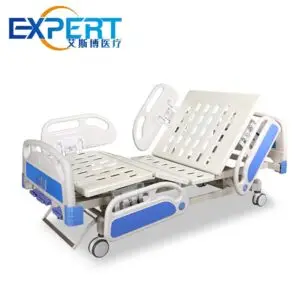
Hospital medical beds are essential for several reasons:

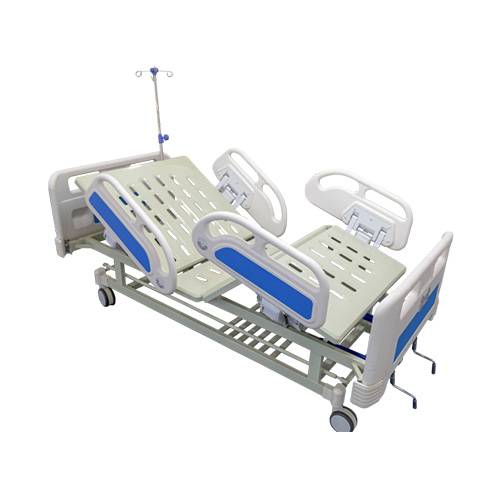
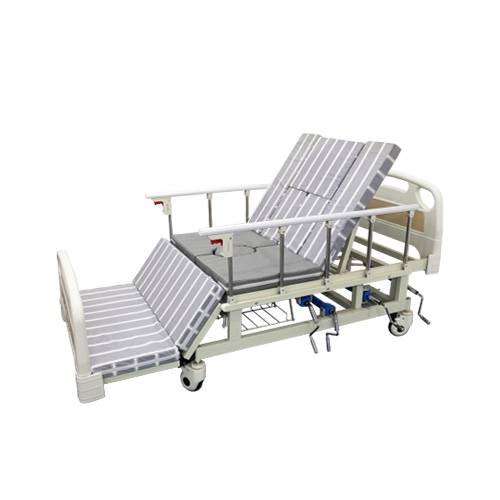






One of the most fundamental features of a hospital medical bed is height adjustability. This allows healthcare professionals to easily reach patients for care, reducing the risk of back injuries and improving the efficiency of patient care. Height adjustability is particularly important for elderly patients and those with limited mobility.
Trendelenburg and reverse Trendelenburg positioning are essential for managing various medical conditions, such as respiratory distress, shock, and venous return. Trendelenburg position involves tilting the bed head down, while reverse Trendelenburg involves tilting the bed foot down.
Pressure ulcers, also known as bedsores, are a common complication for bedridden patients. Hospital beds with pressure ulcer prevention features can significantly reduce the risk of these painful and debilitating wounds. These features include:
Falls are a major concern in healthcare settings, especially for elderly patients. Hospital beds with fall prevention features can help reduce the risk of falls and injuries. These features include:
Hospital beds must have a high weight capacity to accommodate patients of various sizes, including bariatric patients. The weight capacity of a bed is typically measured in pounds or kilograms.
Bariatric beds are specifically designed for obese patients. These beds are wider, stronger, and have a higher weight capacity than standard hospital beds. They also often include features like reinforced frames and extra-wide mattresses.
For patients with specific medical needs, specialty beds are available. These beds are designed to address the unique needs of patients with conditions such as spinal cord injuries, burns, and respiratory disorders. Some examples of specialty beds include:
| ميزة | وصف | فوائد |
|---|---|---|
| Height Adjustability | Ability to adjust the bed’s height | Improves caregiver ergonomics, facilitates patient care, reduces the risk of injury |
| Trendelenburg/Reverse Trendelenburg | Tilting the bed head or foot | Assists with respiratory and circulatory issues, improves venous return |
| Pressure Ulcer Prevention | Features to reduce pressure on the skin | Prevents skin breakdown and ulcers, promotes healing |
| Fall Prevention | Safety measures to reduce falls | Ensures patient safety, reduces the risk of injury |
| قدرة الوزن | Maximum weight the bed can support | Accommodates patients of various sizes, including bariatric patients |
| Bariatric Options | Beds designed for obese patients | Provides extra support and durability, reduces the risk of complications |
| Specialty Beds | Beds for specific medical conditions | Addresses unique patient needs, improves patient outcomes |
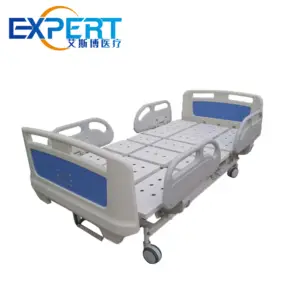
When selecting a hospital medical bed, it is important to consider the following factors:
اختيار الحق hospital medical bed is a critical decision that can significantly impact patient care and outcomes. By understanding the key features and factors to consider, healthcare professionals can make informed choices to improve patient safety, comfort, and overall well-being.
What is the average lifespan of a hospital medical bed?
The average lifespan of a hospital medical bed can vary depending on factors like usage, maintenance, and quality of materials. However, with proper care, a well-made hospital bed can last for several years.
How often should hospital medical beds be cleaned and disinfected?
Hospital medical beds should be cleaned and disinfected regularly, especially after each patient use. This helps prevent the spread of infections and maintains a clean and hygienic environment.
What are the common safety features of hospital medical beds?
Common safety features of hospital medical beds include bed alarms, side rails, non-slip surfaces, and emergency stop buttons. These features help prevent falls and other accidents.
Can hospital medical beds be customized to meet specific patient needs?
Yes, many hospital medical beds can be customized to meet specific patient needs. This may involve adding or removing features, adjusting the height, or modifying the mattress.
What is the difference between a standard hospital bed and a bariatric سرير المستشفى?
Bariatric hospital beds are designed to accommodate patients who are overweight or obese. They are typically wider, stronger, and have a higher weight capacity than standard hospital beds.